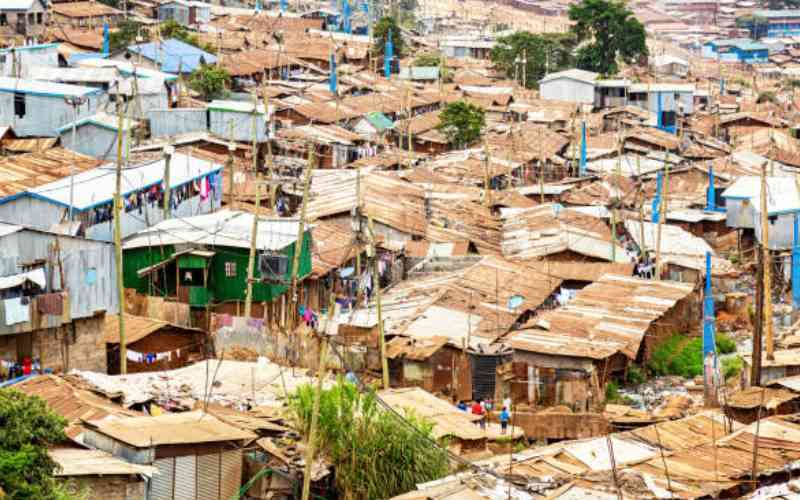Not the 2007-09 US mortgage meltdown type of crisis. And not the China-style “you didn’t deliver the apartment I paid for” crisis.
The crisis is one of a dire shortage of properties to live in at a time of historically high rates of immigration that have fueled demand, from the US and Canada to Australia, New Zealand and others.

Canada’s Population Growing at Fastest Pace Since 1950s
In some sense, today’s shortages reflect under-building in some jurisdictions for years after the global financial crisis. What’s also apparent is that not everybody is wild about a new wave of construction, even in cities that clearly have scope to increase their population density.
Sydney’s Density Problem
In Sydney, placards such as “Wrecking Ball Coming to You” were waved by residents and councilors this week protesting a proposal from the New South Wales state government to boost density by allowing six-story apartment blocks to be built around suburban train stations.
READ ALSO: China’s housing market shows signs of stabilisation as policy support intensifies
That will cause social problems, degrade the environment and the city’s heritage, opponents argue. Yet a lack of apartments is problematic too.
Fueled by rapid immigration growth and insufficient supply of dwellings, more and more people are being priced out of Sydney, where the average home now costs 13 times incomes and surging rents are adding to a cost of living crisis.
Sydney Homes Are World’s Second-Least Affordable
A similar dynamic can be seen on the other side of the planet, in Massachusetts, where Governor Maura Healey estimates a deficit of some 200,000 housing units, and has declared an emergency over rapidly rising numbers of migrant families.
State authorities are now battling the Boston suburb Milton over implementation of a law requiring zoning changes to allow multi-family housing units near metro stops. Milton voters last month voted against compliance.
Such not-in-my-backyard opposition can stymie new developments, especially when led by wealthy and well organized communities, leaving those on lower incomes on the property sidelines.
READ ALSO: China’s housing market shows signs of stabilisation as policy support intensifies
It’s also leading to an inter-generational divide, with the young priced out of the market and the few who can afford to buy ending up with eye-watering mortgages, curtailing their ability to spend in the economy. That helps explain why Australia, Canada and New Zealand are in a per-capita recession, where the economy grows even as households go backwards.
Higher interest rates have dampened dwelling investment — a desired monetary transmission outcome to take steam out of inflation — but that has exacerbated the housing affordability challenges, said former Reserve Bank of Australia official Luci Ellis.
Now, as the central bank mulls when to begin cutting rates, it’ll need to balance the need for additional investment in residential construction with the need to prevent a reacceleration in inflation.



